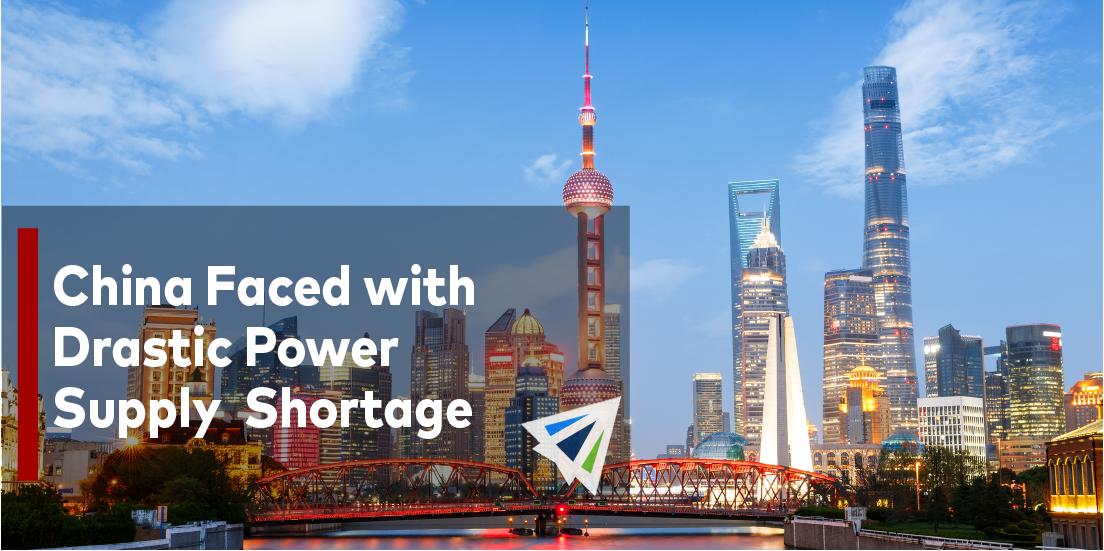We’ve all been hearing a lot of news on the import side of things – ports are congested beyond belief, empty containers are stacking up on the wrong end of the supply chain, and customers are scrambling to stock inventory for the upcoming holidays. However, things have been more-or-less quiet on the export side for a little bit since the beginning of the pandemic.
Recently, China has reported a drastic power supply shortage. These shortages don’t come without reason though, and the unfoldings of the last two years give us a glimpse into why it’s going on.
China Power Supply Shortage
We all understand by now that everything came to a screeching halt at the beginning of 2020. Factories and production facilities shut down, port activity slowed down, and less businesses were carrying out their daily tasks as everyone waited in anticipation to see what was going to happen with the virus.
However, while the industry came to a stand-still for a brief moment, the need for cargo and goods never stopped. This all resulted in a fierce game of “catchup” at the end of 2020 as shippers scrambled to import record-breaking amounts of cargo. An effect which was unforeseen was its effect on available electrical resources to surrounding areas.
Due to high consumer demand for products, production facilities and manufacturers are working overtime all across China. There unfortunately isn’t enough power to supply surrounding communities with the necessary electricity and basic resource necessities for daily life. As a result, the Chinese government has taken action to help restore balance, but it isn’t going smoothly.
Already, 10 providences in China have implemented power-rationing policies. Guangdon, Zhejiang, Jiangsu, Liaoning, and many others from top to bottom in the middle of the country all the way to the east coast have implemented these power rationing measurements.
In addition to the power rationing, the Chinese government is working towards curbing CO2 emission levels by reducing the amount of coal burning happening in the country. It is estimated that around 60% of the country’s power comes from burning coal, meaning 2 things – 1) the increase in production facility and manufacturer activity is negatively affecting air quality and well-being of citizens, and 2) a curb placed on coal burning activity will result in a drastic decline in production capacity.
Depending on the restrictions in each providence, most facilities are required to shut down for 1-2 days per week to let up on the power usage in the country, and the restrictions are expected to last through the remainder of 2021 (and perhaps through the Spring of 2022.)
The result of these measures are that production and Chinese exports are going to decrease. Apple and Tesla have already informed workers and customers alike that the new power regulations in China will negatively affect operations, production, and product supply. Please reach out to us today if you have any concerns.
